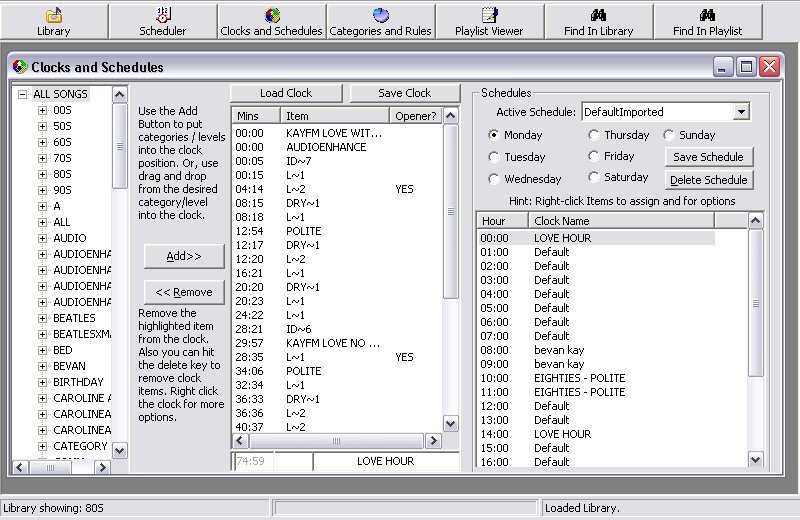

Fortunately, the clock’s two microphones (one in the front, the other in the back) are very sensitive and able to discern commands, even when we used a hushed volume at night. To set the alarm, adjust the volume, or turn on the night-light, it was always much easier to summon help with a “hey, Google …” instead. There’s also a tap at the top to enable the snooze feature, but it sometimes required another touch to register. Unless you’re looking at them from above, the buttons are discernible only by touch, and I often fumbled at night or in the early morning while trying to turn on music or adjust the volume. Even though the clock is outfitted with four evenly distributed buttons-for volume, turning on music, and the alarm settings-they are obscured from view due to the angled wedge design. To see some broadcast clocks used by public radio programs, check out WNYC’s Tumblr for “ Take a trip inside the magical world of the book of clocks” and “ The book of clocks part 2.Most everything this alarm clock can do is hidden, accessed using its built-in Google Assistant voice controls or with the Google Home app. It’s just as easy to create your own template using Microsoft Excel or other spreadsheet program. It’s fancy and all, but anything that costs more than free is likely out of the price range or just not worth it for college radio stations. Years ago I came across the Broadcast Clock Creator. The actual clock would need to be handwritten and use a ruler, but it worked. I opened the image in Paint, erased the break marks and the show’s title, and hit print. The first clock I made myself was a stolen borrowed copy of a public radio clock for a program that had one short break at the bottom of the hour. I don’t think I could teach a student to backtime to the top of the hour if I tried. College radio, however, is a lesson in lax.

I always kept scrap paper in the studio to tally song times. My training in commercial and public radio made me acutely aware that things needed to be EXACT - not one second over or under. I’ve always been fascinated by the broadcast clock.


 0 kommentar(er)
0 kommentar(er)
